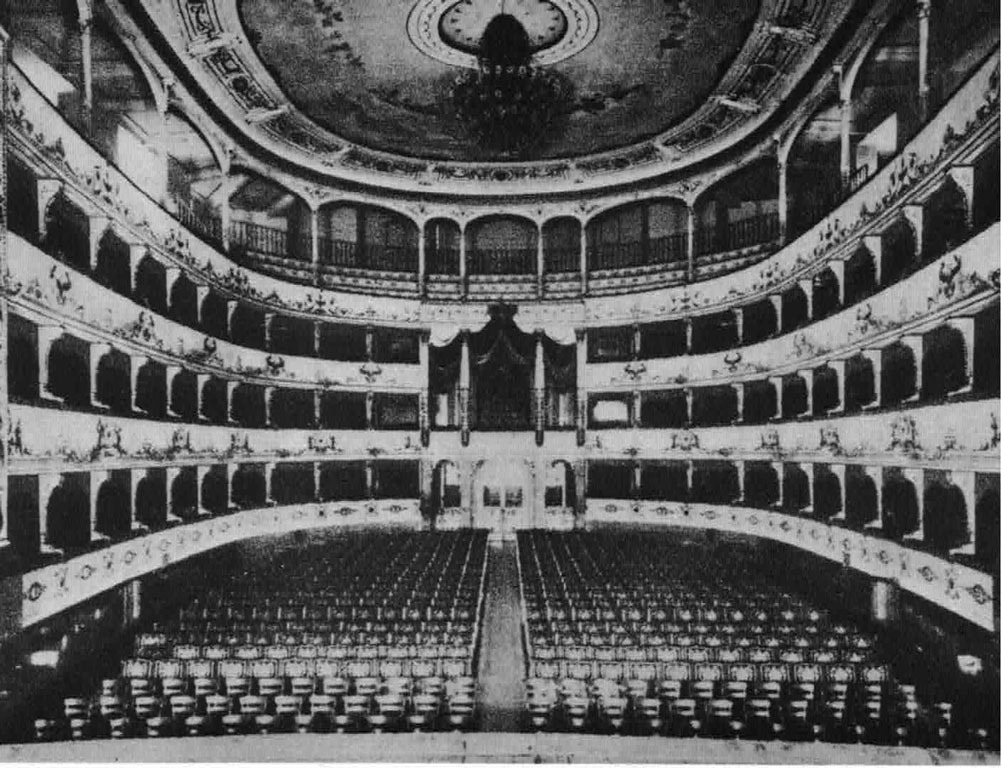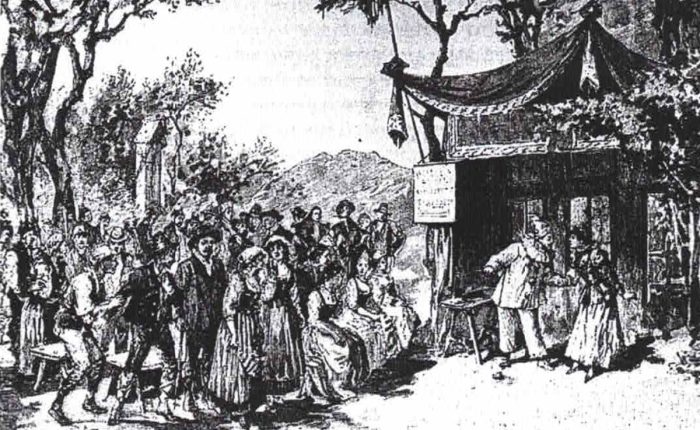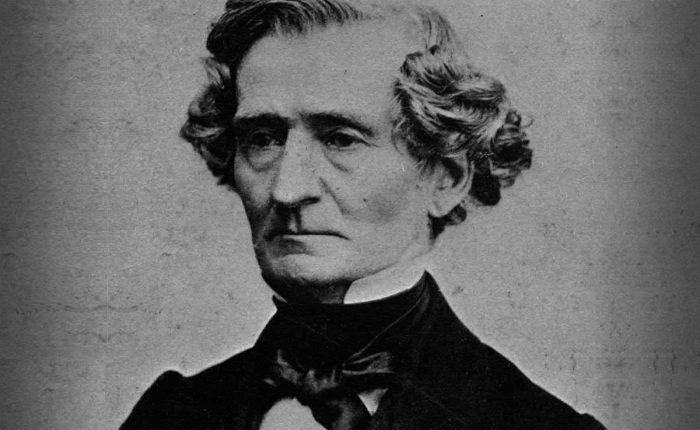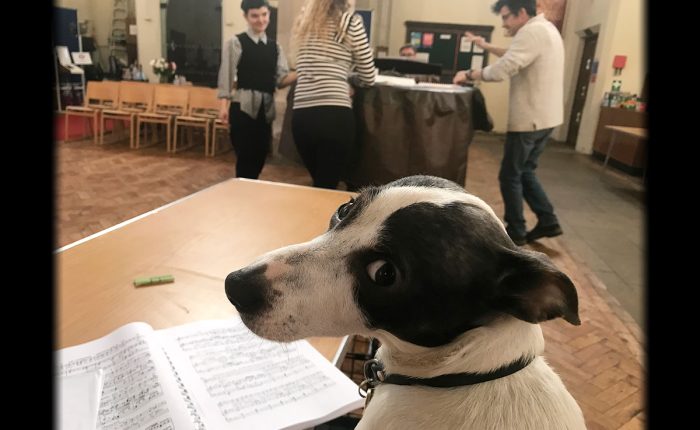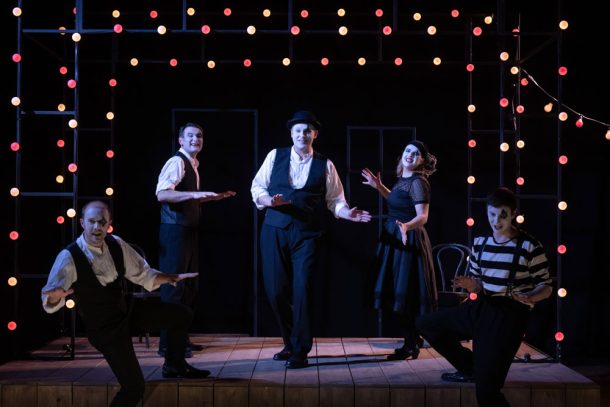“The timpani part in Macbeth stipulates just two timpani. The result? A host of wrong notes for the timpanist! What on earth is going on?”
I received an email the other day that included a message from our timpanist for our forthcoming Macbeth. It simply read: “…needs 3 timps…”! And this amused me and got me thinking. Because Verdi’s commitment to Macbeth was absolute, his attention to detail formidable, his musical, dramatic and visual ambition for the piece beyond anything else he had done previously. And yet, for all that, both my score and the timpani part stipulate just two timpani. The result? A host of wrong notes for the timpanist! What on earth is going on?
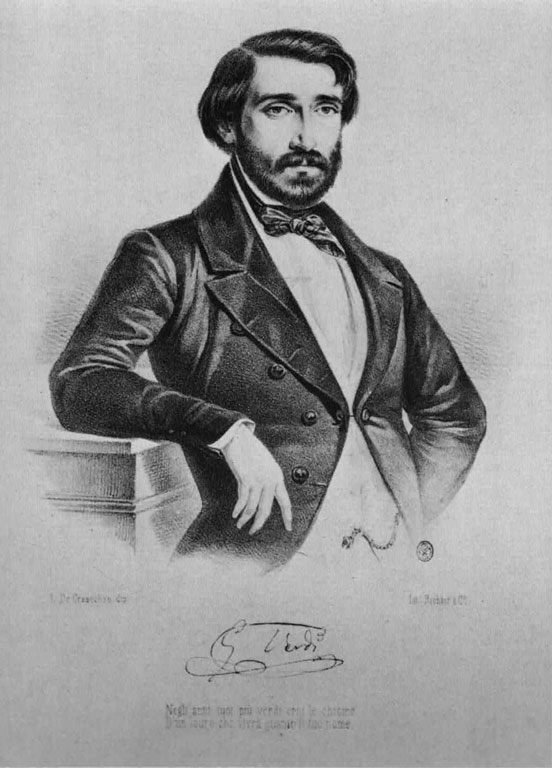
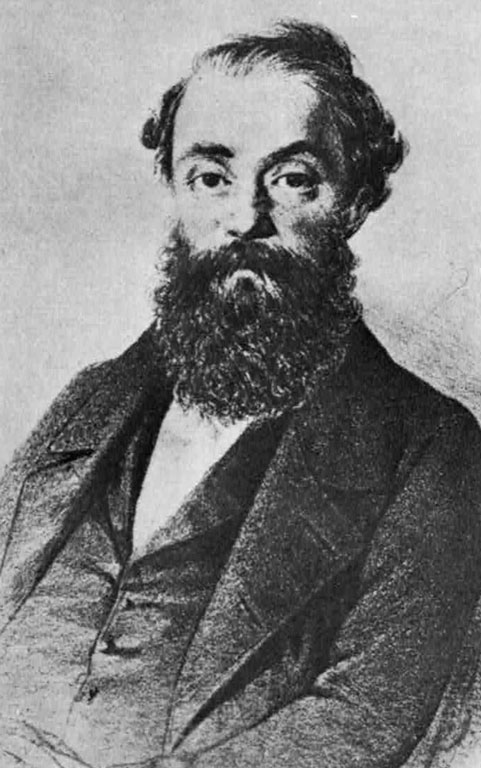
Verdi’s work on Macbeth in the autumn of 1846 started with the libretto. He held a lifelong devotion to Shakespeare “He is my favourite poet. I have known him from my childhood and read and reread him continually”. He chose the scenes from the Shakespeare; then planned and wrote the entire libretto himself, in prose, before sending it to his regular collaborator Francesco Maria Piave to be turned into verse. His correspondence with Piave is vast, riddled with instructions, with Verdi approving (or disapproving) of every line, every word, so much so that the shape, the metre, the flow is very much Verdi’s. He was particularly insistent on Piave not using too many words: “I beg you to make the verses brief; the briefer they are the more effect you will achieve… there must be no superfluous words: everything must say something”. And, three weeks later: “Bear always in mind to say few words… very few, but significant”.
It’s not impossible to imagine that the words meant more to the composer than the music. To Felice Varesi, who was to sing Macbeth, he writes: “I want you to serve the poet better than the composer… At the beginning of the Duettino [Macbeth and Banquo] you will say sotto voce, and mind you give the verses their full importance. In the Grand Duet [Macbeth and Lady Macbeth] the first verses of the recit must be said without emphasis, as he gives orders to the servant… It is night, all are asleep: the whole Duet must be said sotto voce, but with a grim voice such as to inspire terror… in all this recitative and duet the instrumentation consists of muted strings, two bassoons, two horns, and a kettledrum.”
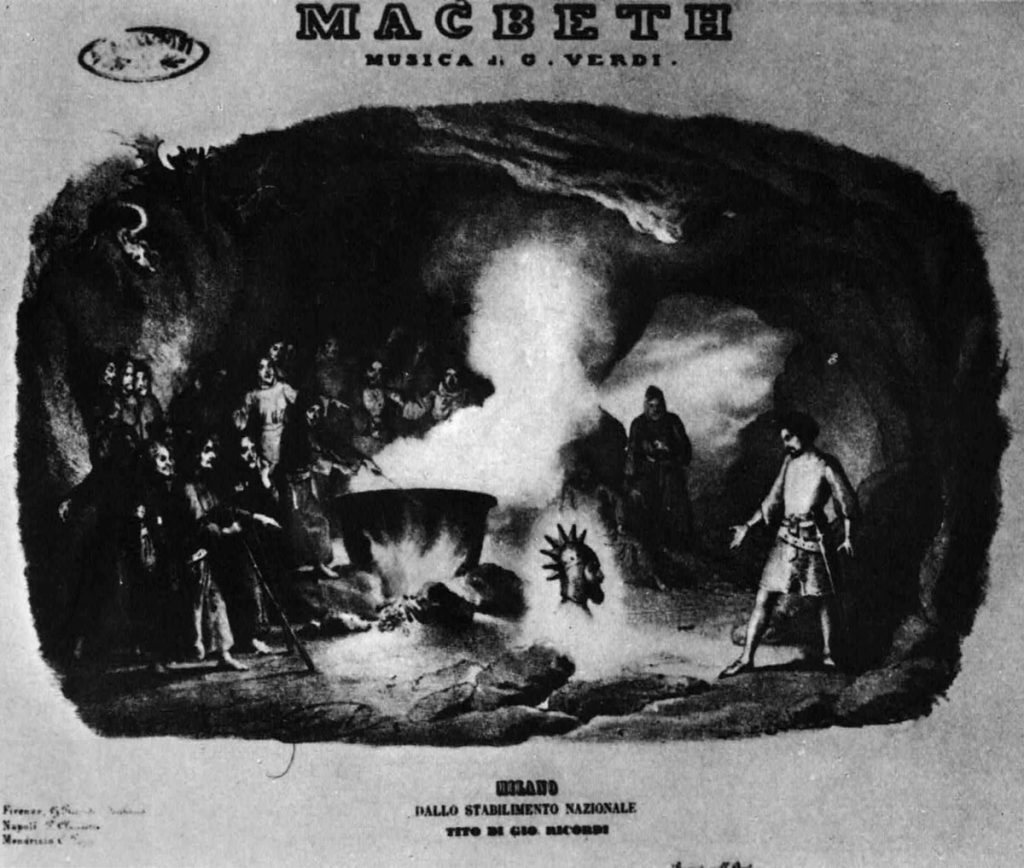
I’m struck by the way Verdi continually refers to the way in which the singers should ‘say’ as opposed to ‘sing’ the words, and by his making sure Varesi was aware of what instruments were accompanying him. Concerning the famous Apparition Scene, his letters to the innovative Alessandro Lanari (director of the Teatro della Pergola in Florence where the first production was staged) are no less specific: “The ghost of Banquo must rise from underground… He must have an ashen veil, but very loose and fine that can hardly be seen, and he must have dishevelled hair and various wounds visible on the neck… The apparitions of the kings (I have seen this in London) must take place behind a special opening at the back, with a thin, ash coloured veil in front of it. The stage must be completely dark, especially when the cauldron disappears, with light only where the kings appear. The music comes from underneath the stage… The sound must seem far away, muffled, so it must be composed of bass clarinets, bassoons, contra-bassoons and nothing else.”
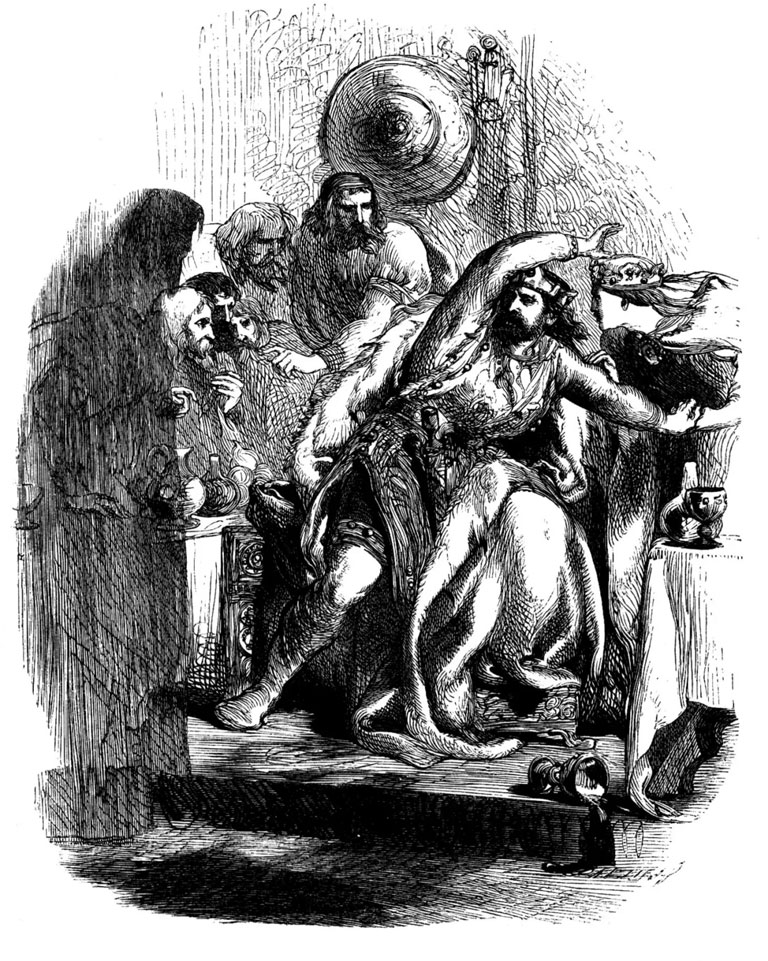
Verdi scored this moment for 2 oboes, 6 clarinets and 2 bassoons. That’s ten extra players, and that’s not the end of it. The role of King Duncan is reduced in the opera to making just one appearance, in a procession. Verdi distances Duncan from any empathy the audience might have felt, by making his role a silent one and composing strange music to accompany his procession. The tune is both banal and eerie – one can see where later composers such as Gustav Mahler or Kurt Weil might have got some of their ideas from. Verdi would have heard such ‘street music’ in his hometown of Busseto. He knew what he was doing and what instruments he wanted: piccolo, piccolo clarinet, 3 more clarinets, 2 bassoons, contra bassoon, 4 horns, 8 trumpets (including piccolo trumpets, later reduced to 4), flugelhorn, 3 trombones, 2 tubas and a snare drum! Given so many ‘extras’, you might think the composer would have asked for a third timp!
The ‘timpani’, the Italian name for kettledrums, are always referred to in the plural because during the c18th and early c19th they came as a pair. They were usually of copper, hemispherical in shape (like a witch’s cauldron!) and resting on a tripod stand, with a calfskin stretched across the top, held in place by a metal hoop with a set of tuners spaced evenly around the circumference. Composers would specify two notes at the beginning of the music, usually the tonic and dominant of the main key. So, for example, if the key was C major, the two notes would be C (the tonic, or first note) and G (the dominant, or fifth note). It was pretty basic! If the notes needed to be altered during the music, the timpanist would need time, and if the orchestra were still playing (as was often the case in opera) this required great skill and an unerring sense of pitch.
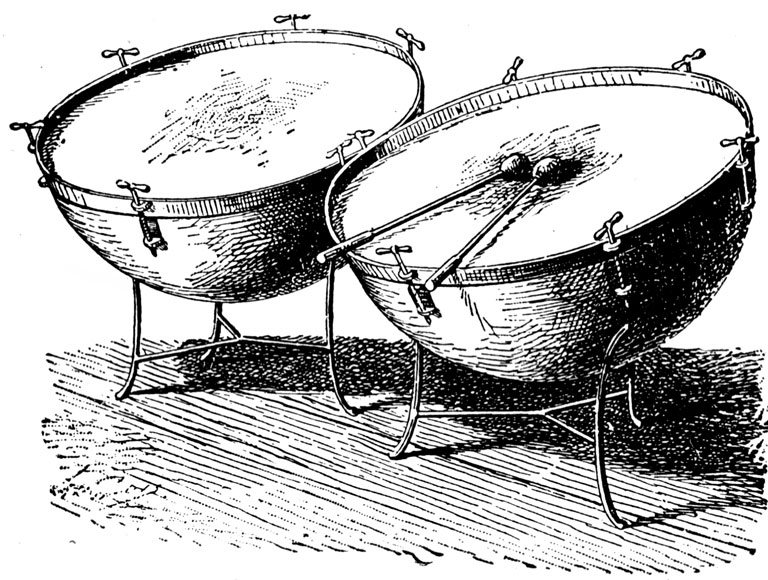
But as the c19th continued, two notes weren’t always enough. I’ve just opened up my score of Macbeth and I’m staring at the very end of Act 1. On stage there is general horror at the news that King Duncan has been murdered. The people call for vengeance. At the final ‘Allegro’, the key is D-flat major, and Verdi specifies two notes for the timpanist: D-flat and A-flat (tonic and dominant). So far so good. But in the third bar the music suddenly veers into F major. The notes D-flat and A-flat have no place in F major and there is no time for re-tuning. So, what does Verdi do? He gives the timpanist A-flats anyway! It’s quite extraordinary. Does he not care? Is he treating the timpani as ‘untuned percussion’ (ie, like a bass drum)? Is he hoping for some magic from the timpanist?
I’ve come across many such moments in other Verdi operas – eg Rigoletto and La Traviata. I remember rehearsals where the timpanist has raised their hand and said “Jon, what note would you like here?” Even the advent of pedal timp technology, which arrived in the 1880s (and which Verdi made full use of in his next Shakespearean opera Otello), wouldn’t eradicate the need for three timpani to cover such passages as described above. When Verdi came to revive the opera in 1865 he made several alterations and this included some of the instrumentation – for example, he takes 4 trumpets out of the Duncan music, and adds a contra bassoon to the music ‘under the stage’ for the Apparition Scene. But what of the timpani? I’ve half a mind to stick to two timpani, make it loud, and see if anyone notices!
